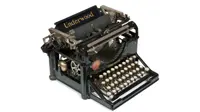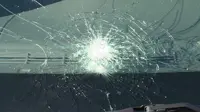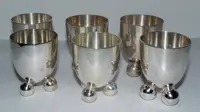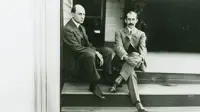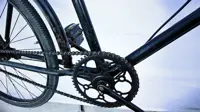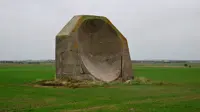Who was right, the Americans or the British?
By Kiron Kasbekar | 21 Oct 2022

I did know that British and American spellings of the word were different – the British write ‘tyre’, and the Americans ‘tire’. But I always thought that this was because the Americans wanted to be different from the British.
But, as far as the word tyre/tire is concerned, there is more than the usual British-American divergence in spellings that has caused the difference.
Usually, I thought, Americans rewrote British spellings just to show how different they were for their former colonial masters. But in the case of the rubber coverings of wheels of cars and other vehicles, which is the subject of this little ‘titbit’, I discovered that the divergence had a different twist. It was this:
The word ‘tire’, I discovered, is an abbreviation of the word ‘attire’ (dress), that is, in the case of the covering of vehicle wheels, the stuff with which a wheel is dressed!
So the spelling ‘t-i-r-e’ was what was commonly used for these rims by everybody right until the 1840s. That was when the English began shrink-fitting railway car wheels with malleable iron, and began to use the spelling ‘t-y-r-e’.
And even then, British publishers continued writing ‘i’ in the word, and not ‘y’.
The Times newspaper, for example, used the word with an ‘i’ instead of a ‘y’ as late as 1905 – but the Times was on a losing wicket in Britain. For the spelling ‘t-y-r-e’ had become common by then.
But the diehard British lexicographers did not give up so easily. The Encyclopædia Britannica, in its 1911 edition, stated that the “spelling 'tyre' is not now accepted by the best English authorities, and is unrecognized in the US”. And Fowler's Modern English Usage, as late as in 1926, said, “there is nothing to be said for 'tyre', which is etymologically wrong, as well as needlessly divergent from our own older and the present American usage”.
But dictionaries cannot always dictate terms, as Britannica and Fowler’s discovered, much to the chagrin of their editors, I am sure. Over the course of the 20th century, the spelling ‘t-y-r-e’ became established as the standard British spelling.
And that’s how we began to use it in India too.
